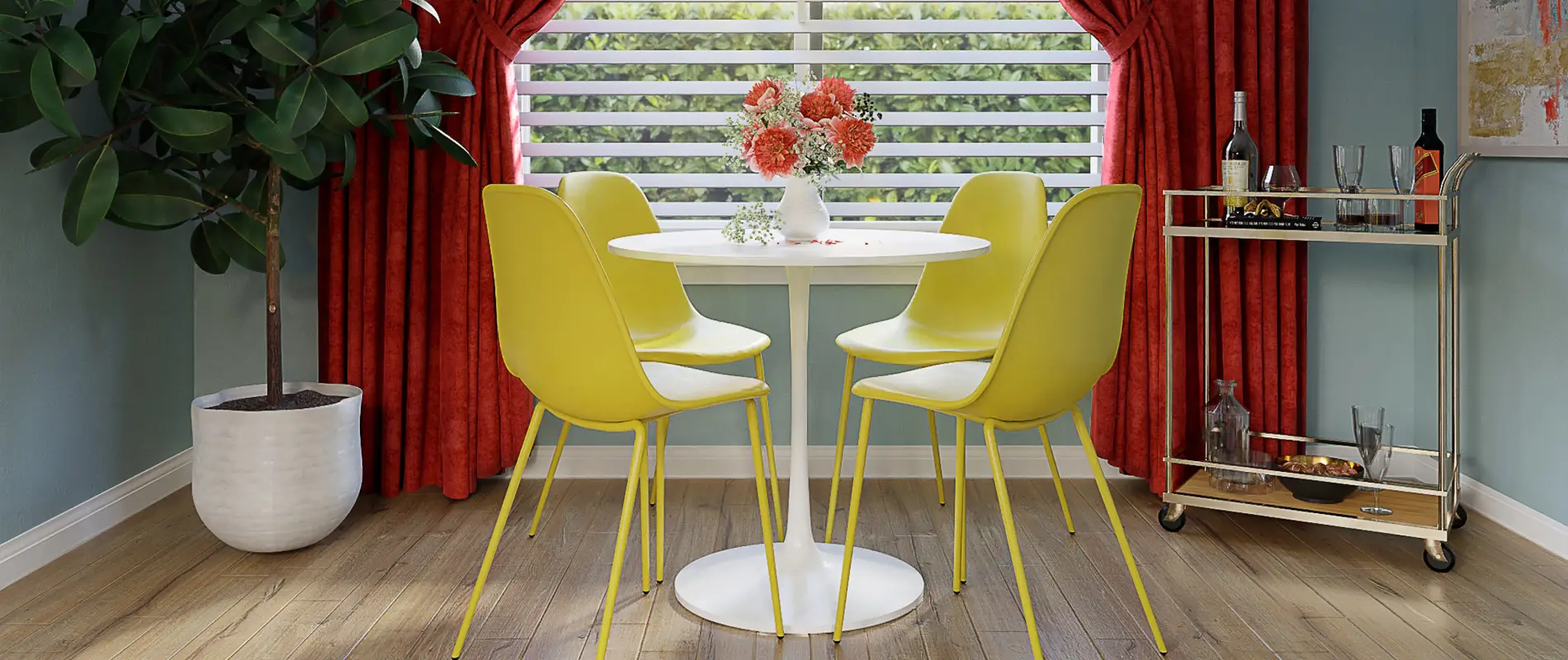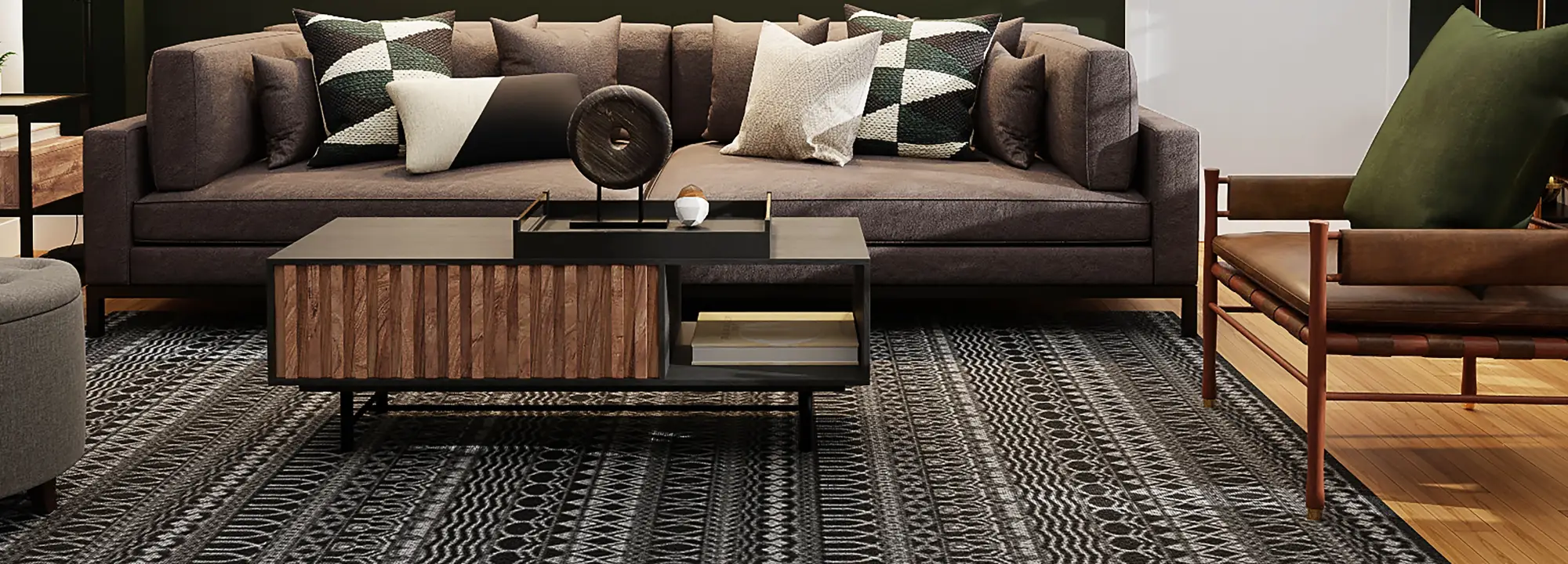
Tag: Business
Build WordPress sites with MaxiBlocks. All features free forever. No locked functionality. Optional Cloud Library saves you 10+ hours per project. Start free
Connect with customers & fans in a whole new way
Get Cloud Library
A comprehensive guide to designing a successful WordPress blog for business
In today’s digital landscape, having a well-designed blog is essential for businesses looking to engage with their audience and establish an online presence. WordPress, with its vast array of features and customisation options, is a leading platform for business blogs. This guide explores the critical aspects of WordPress blog design, offering insights that will help businesses create a visually appealing and effective blog that drives traffic and conversions.
Understanding the different parts of a business blog
A business blog comprises several key elements that contribute to its overall effectiveness. Recognising these components can help designers create a cohesive and engaging blog experience that resonates with readers:
-
Header: The header is the first thing visitors see, typically featuring the company logo, blog title, and main navigation menu. It establishes the brand identity and provides easy access to essential sections of the blog.
-
Main content area: This area is dedicated to the blog posts, showcasing articles that offer value to the audience. Each post usually includes a title, informative content, visuals, and multimedia elements that enhance engagement.
-
Sidebar: Although optional, a sidebar can be a valuable addition. It can feature widgets like recent posts, categories, and social media links, guiding visitors to additional resources and encouraging further exploration.
-
Footer: The footer serves as the blog’s concluding section, often containing copyright information, links to important pages, and contact details. It provides visitors with a final reference point and can include calls to action.
-
Comments section: This interactive area allows readers to leave feedback and engage in discussions about specific posts. A vibrant comments section can foster a sense of community and connection among readers.
How to write engaging blog posts for business
Creating engaging blog posts is vital for capturing the interest of potential customers and establishing authority in the industry. Here are some effective strategies:
-
Identify the target audience: Understanding the needs and preferences of the target audience allows businesses to tailor content that resonates with readers. This connection increases the perceived value of the blog.
-
Craft compelling headlines: The title is the first point of interaction, so it should be attention-grabbing and clearly convey the topic of the post. A strong headline can significantly impact click-through rates.
-
Adopt a friendly tone: Writing in a conversational style makes the content more relatable and enjoyable for readers. A welcoming tone encourages visitors to engage with the material.
-
Incorporate visuals: High-quality images, videos, and infographics can enhance the overall presentation of the blog. Visual content not only breaks up text but also helps convey complex ideas more clearly.
-
Share relevant stories: Personal anecdotes and case studies can make blog posts more relatable and memorable. Sharing real-world examples helps build trust and rapport with readers.
How to create viral content for a business blog
While there’s no guaranteed formula for going viral, certain practices can increase the likelihood of content being widely shared:
-
Leverage current trends: Writing about trending topics or industry news can draw attention and encourage sharing. Keeping up with relevant trends is essential for maintaining reader interest.
-
Facilitate social sharing: Incorporating social sharing buttons makes it easy for readers to spread the word about the content. A clear call to action can further encourage sharing.
-
Foster community engagement: Actively responding to comments and engaging with readers creates a sense of community. This interaction can lead to increased loyalty and sharing among the audience.
-
Collaborate with industry influencers: Partnering with other businesses or influencers can expand the reach of content. Guest posts and cross-promotions are effective ways to tap into new audiences.
How to design a business-focused WordPress blog
Designing a WordPress blog for a business requires attention to detail and strategic choices. Here are key elements to consider:
-
Colour scheme: Selecting the right colours is important for conveying the brand’s identity. Designers should choose colours that evoke the desired emotions and maintain consistency with the overall branding.
-
Typography: Choosing appropriate fonts enhances readability and reflects the blog’s style. Clear, easy-to-read fonts for body text combined with contrasting fonts for headings create a polished look.
-
White space: Ample white space helps create a clean, organised design. Proper spacing improves readability and makes the content easier to digest, enhancing the overall user experience.
-
Imagery: Using high-quality, relevant images elevates the blog’s visual appeal. Maintaining a consistent style for images reinforces brand identity and creates a cohesive look.
-
Layout: A user-friendly layout is essential for guiding visitors through the content. An intuitive structure helps readers navigate the blog effortlessly, ensuring they find what they need.
Choosing the right WordPress theme
Selecting an appropriate theme is one of the first steps in designing a WordPress blog for business. The theme significantly impacts the blog’s appearance and functionality. There are many free and premium themes available, each offering different features. When selecting a theme, businesses should consider how well it aligns with their content and branding. Resources for finding themes can be explored in the free WordPress themes section.
Customising your blog design
Once a theme is chosen, personalising it is essential to create a unique business identity. WordPress provides a variety of customisation options, allowing designers to adjust colours, fonts, and layouts. The block editor in WordPress simplifies the process of adding design elements such as images, videos, and buttons. By utilising WordPress block themes, businesses can create a distinctive look that aligns with their brand.
Responsive design
With many visitors accessing blogs on mobile devices, it is vital to ensure that a business blog looks good on all screen sizes. Responsive design allows a blog to adapt its layout according to the device being used, enhancing user engagement. More information on responsive design can be found in the article on responsive WordPress design.
Full site editing (FSE)
Full Site Editing (FSE) is a newer feature in WordPress that allows designers to customise the entire site, not just individual posts or pages. This capability provides businesses with greater control over the overall look and functionality of their blog. Exploring WordPress Full Site Editing themes can help businesses take advantage of this feature.
Utilising WordPress patterns and templates
WordPress patterns and templates can simplify the design process for businesses. Patterns are pre-designed sections that can be easily added to posts or pages, saving time and effort. The Maxi Blocks pattern templates offer a variety of options for creating visually appealing layouts without starting from scratch.
Navigation menus and user experience
Effective navigation is essential for any business blog. A well-structured menu helps visitors find the content they need without frustration. Keeping menus simple and clear, with labels that accurately describe the content they link to, enhances usability. Designers can learn about creating effective WordPress navigation menus to improve the overall experience.
Enhancing blog functionality
Plugins can add valuable features to a business blog, making it more functional and engaging. There are numerous plugins available that are compatible with block themes, enhancing both design and usability. A selection of block compatible themes and plugins can help businesses expand their blog’s capabilities.
Budgeting for blog design
Designing a WordPress blog comes with its own costs, particularly when considering premium themes and plugins. It is important for businesses to understand these expenses clearly. Guidance on how much it typically costs to design a website on WordPress can be found in the article on the cost to design a website on WordPress.
Getting started with WordPress blog design
For those new to WordPress, the initial steps can seem overwhelming. However, plenty of resources are available to guide new designers through the process. A helpful starting point is the Getting started with WordPress guide, which covers the basics of setting up a blog.
Designing a WordPress blog for business is an opportunity to blend creativity with strategic thinking. By choosing the right theme, customising the design, and focusing on responsive layouts, businesses can create a blog that not only captures attention but also effectively communicates their message. This guide serves as a foundation for any organisation aiming to establish a successful WordPress blog.







